Don’t worry about the lingering frost because this selection of spring vegetable garden plants is just perfect for your early spring vegetable garden!
RELATED: 15 DIY Spring Garden Ideas To Get Ahead This Growing Season
Vegetable Gardening With Spring Vegetable Garden Plants
Spring Vegetables to Grow
Want to get a head start on vegetable gardening this spring? Vegetable gardening is what I always look forward to in the spring season.
Although my green thumbs are itching to feel the soft dirt, the last frost date is frustrating me! Good thing these spring vegetable garden plants will grow even better when started during the cooler season.
With fresh and organic vegetables in short supply in the winter, the earlier you start with vegetable gardening, the better. Whether you want herbs, greens, and other crops, these spring vegetable garden plants are the best!
1. Artichokes
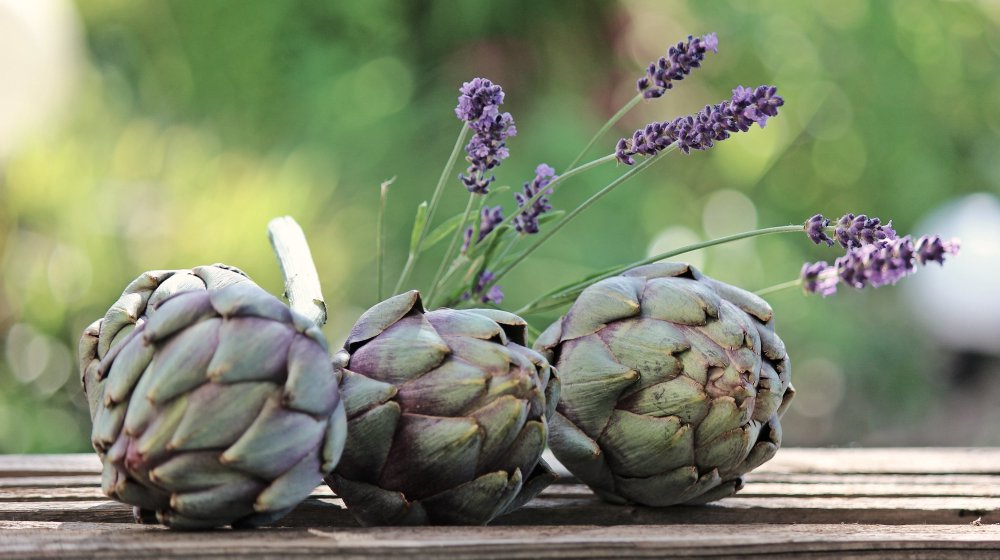
As you may know, there are some flowers which are edible. Now, this certainly is a spring vegetable with a flower head you can eat whole only when it’s in bud form, though, as they’re no longer edible when mature.
Artichokes are annuals in the temperate regions which are perfectly suited for spring planting if you want harvests in fall.
2. Arugula

You’ll usually find these greens at the supermarket wrapped in plastic bags. However, growing arugula in your spring vegetable garden will make you realize it tastes so much better grown on your own. Make sure to plant these for a fresh and constant supply of nutritious greens for your spring salads and pasta dishes.
3. Asparagus
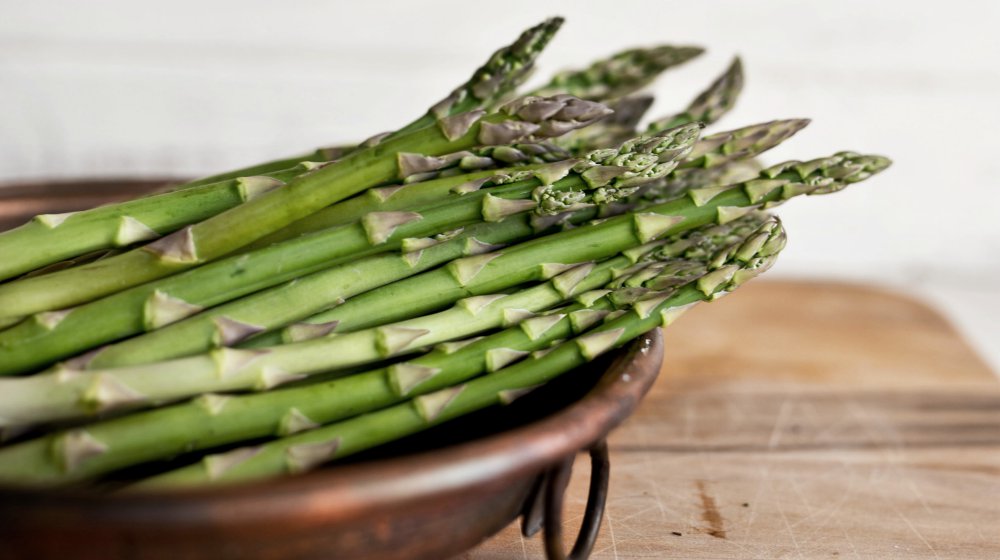
What vegetable better signal the coming of the spring season than asparagus? Patience is needed when growing this perennial vegetable as it can produce shoots only after two to three years.
However, it’s worth it since asparagus is such a tasty and nutritious vegetable. You can also learn how to grow asparagus from seeds here.
4. Beet
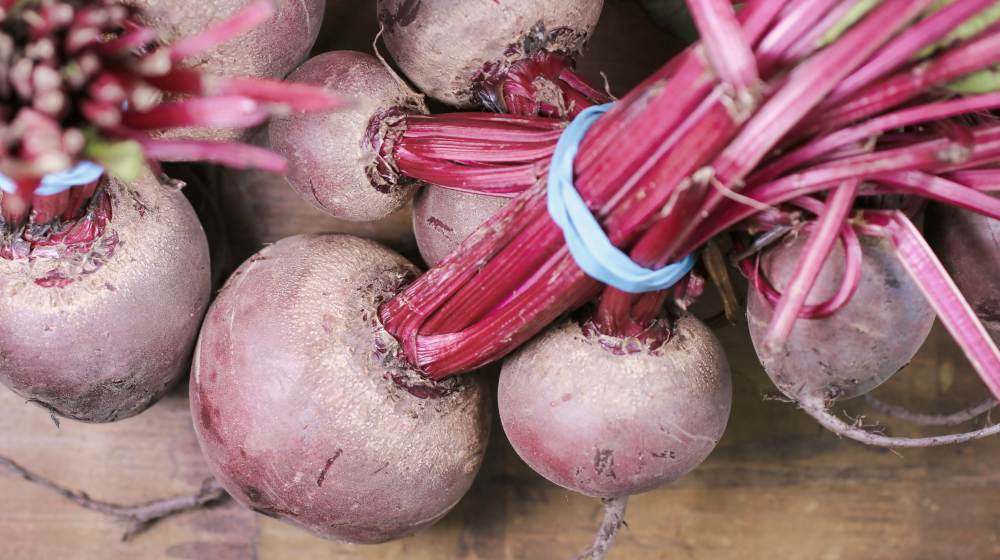
I’ve featured beet before for their amazing health benefits. Although they grow well for fall planting, so do they for spring vegetable gardening.
Sow seeds indoors under grow lights one month before the last frost. When roots have been established, you can now transplant them once the spring soil is workable.
You can also grow beets in containers!
5. Broccoli
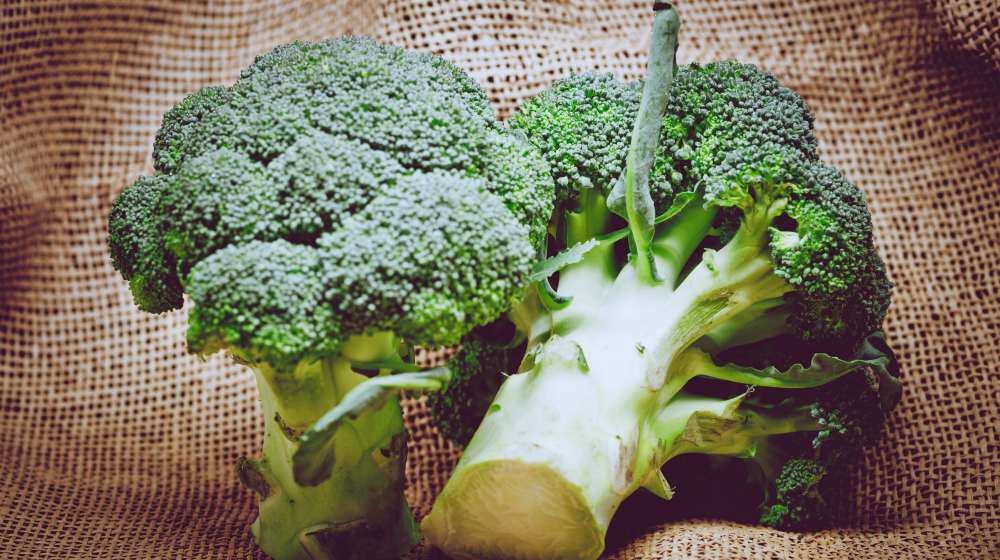
Although broccoli can overwinter when fall planting, they’re also ideal spring vegetable garden plants. If you did not make it in time for fall planting, then start seeds indoors two to three weeks before the last spring frost.
Grow broccoli in raised beds with this guide to growing broccoli.
6. Snow Peas
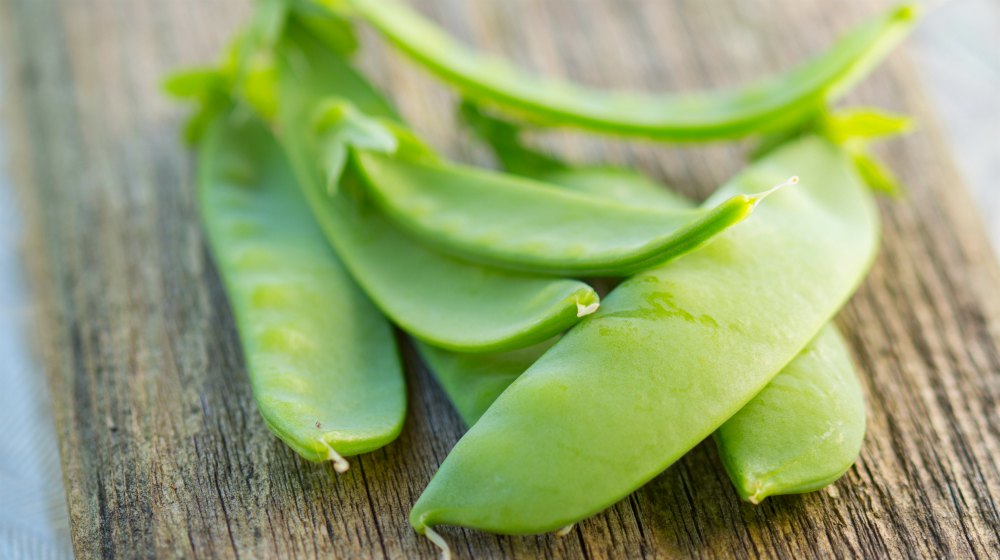
They’re called snow peas but it doesn’t mean they only grow in winter. They prefer the cool weather, though, that’s why they’re perfect for your spring vegetable garden.
You’ll want snow peas handpicked and fresh since they don’t store so well. Grow them in your spring vegetable garden for a fresh supply.
7. Carrots

Carrots must be one of the most popular vegetables, if not the most popular. All because Bugs Bunny loves them and so do many of us.
Rabbits do love carrots so better be on the lookout for these critters. Or check this natural way to repel rabbits from your carrot patch.
But first, learn how to grow carrots here in this garden season guide.
8. Celery

Depending on the variety, almost all parts of this vegetable can be eaten and used in cooking. This cool season vegetable can be somewhat tricky to grow.
But the crunchy, tangy stalks of this vegetable is well worth your effort. It’s totally perfect for early spring planting since it does not tolerate heat.
9. Swiss Chard
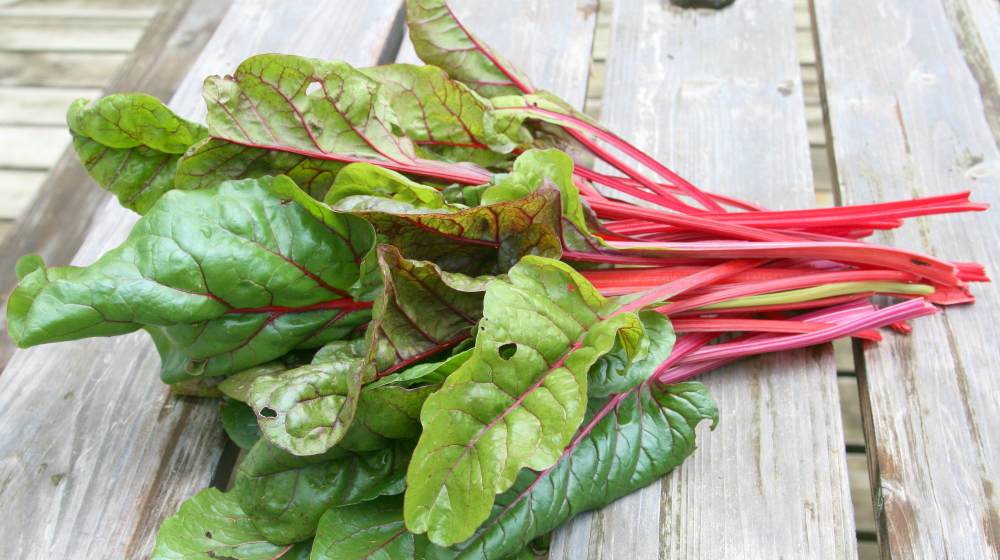
Chard is a vegetable similar to spinach and is in fact referred to in Australia simply as spinach. These greens are popular in Mediterranean cooking, with its variety of colors from red to yellow.
They’ll definitely work in an edible landscape and ornamental garden.
10. Fennel
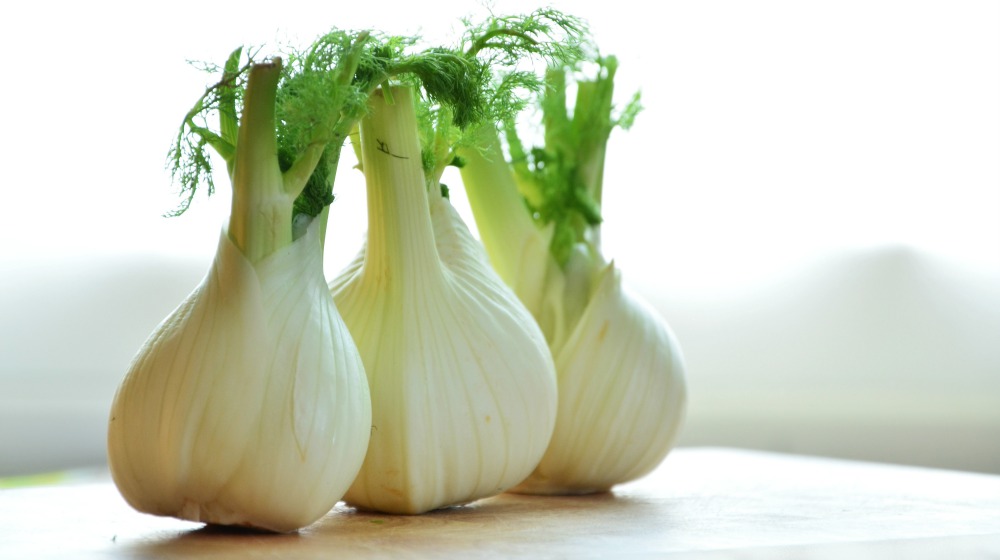
Although fennel is sometimes considered as a herb, the stalk is great in stews. It’s great in your spring vegetable garden too as it can repel slugs, snails, and aphids.
But you’ll love the seeds from fennel which you can dry and use as a natural flavor. It is reminiscent of anise and is great in pastries.
11. Garlic
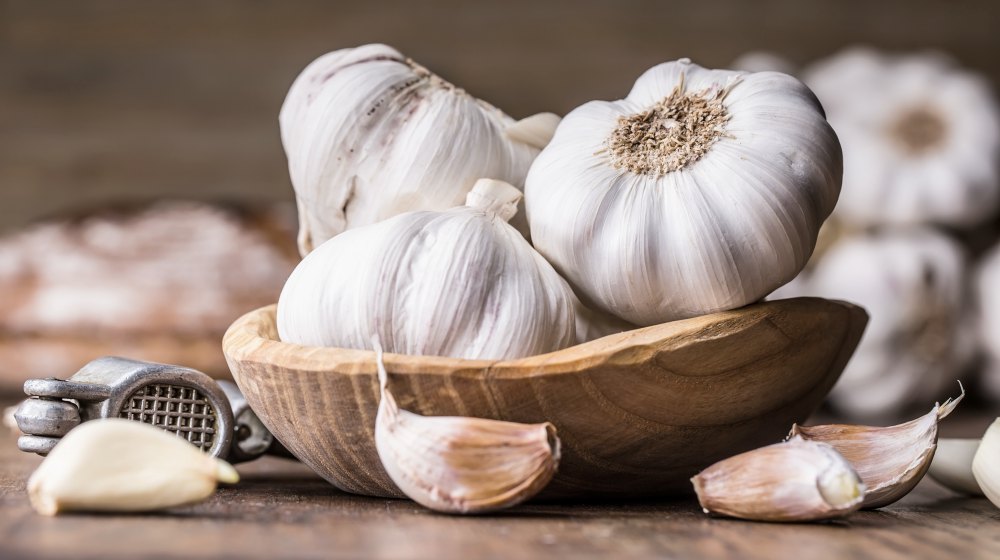
It’s great that garlic can be grown in spring. Among the vegetables known to repel insects, garlic must be the most popular and the most commonly grown.
Grow garlic in your spring vegetable for a fall harvest. You can also grow garlic from scraps if you want to enjoy garlic greens.
12. Kale
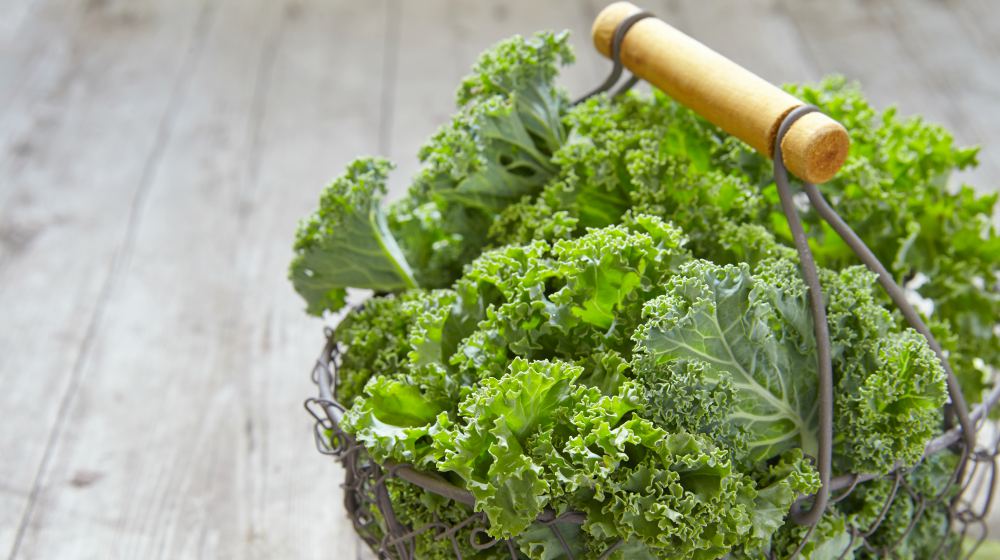
Kale leaves are nutritious and store well in the freezer. As a plant in the garden, the taste is improved when exposed to frost.
Kale from the supermarkets can be heavily fertilized using chemicals. So if you love this veggie, I suggest you have them homegrown.
13. Kohlrabi
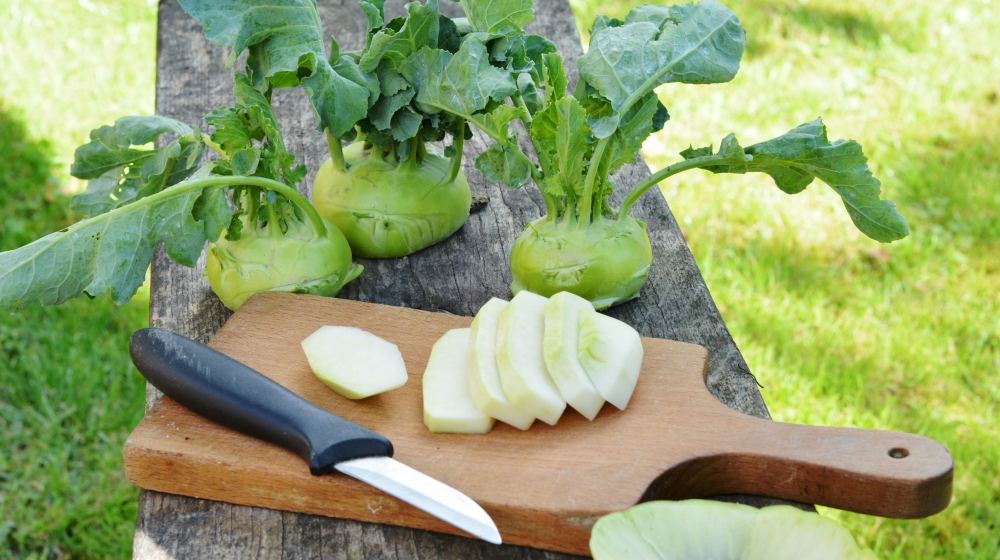
Kohlrabi is also a vegetable from the cabbage family and is, therefore, a cool-season vegetable. Its bulbous stem tastes like the stem of broccoli and cauliflower.
You can sow seeds in a raised bed protected with row covers or high tunnels, three to four weeks before the last spring frost.
RELATED: Growing Cabbage In The Cool Season | Garden Season Guide
14. Leek Onions
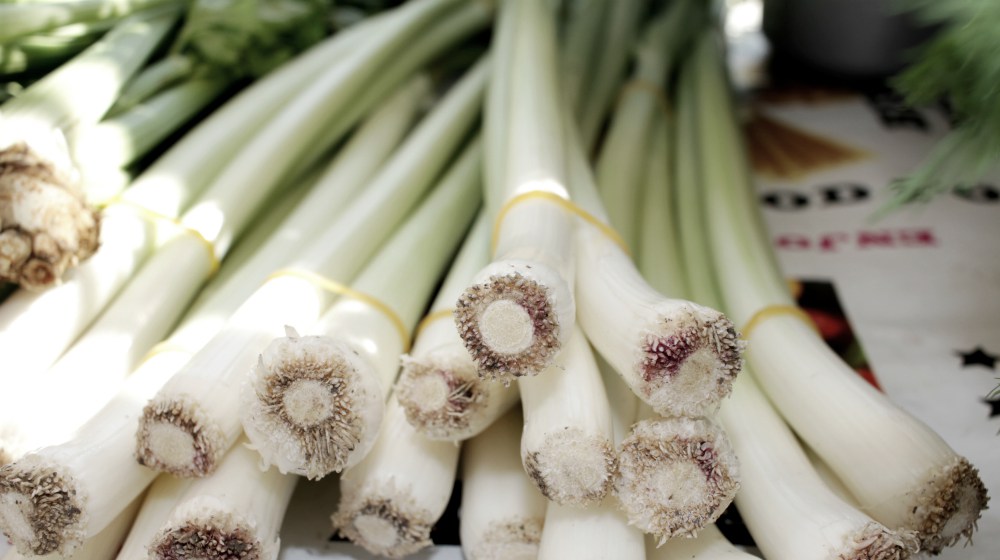
Leeks are one of the easiest spring vegetable garden plants to grow, which thrives in nearly all soil types. Unlike onions, the base doesn’t grow into round bulbs but grow into thick, edible stalks instead.
They need a little warmth for their full development. As with most alliums, leeks can be grown in spring when the weather has become warmer.
15. Lettuce
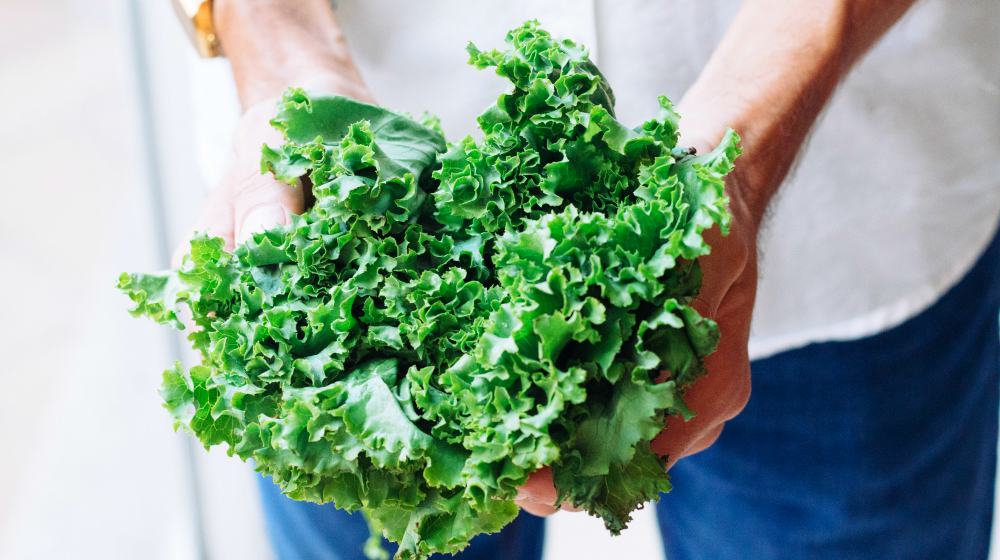
Most gardeners will agree homegrown lettuce is the best, and health authorities will tell you it’s more nutritious than when store-bought. Lettuce is probably the most popular of the salad greens, especially the iceberg variety.
Growing them in cool temperature increases the flavor because hot temperatures can cause them to become bitter. You can even grow lettuce indoors in winter for a year-round supply.
16. Radishes

Radishes are a cool-season crop perfect for fall and spring vegetable gardening. They can mature rapidly, providing you with harvest in a short time.
Radishes come in various interesting colors and shapes, from deep red to white, and from round to elongated. They make a good companion plant for your vegetable from the brasicca family since they help repel the cabbage fly.
17. Rhubarb
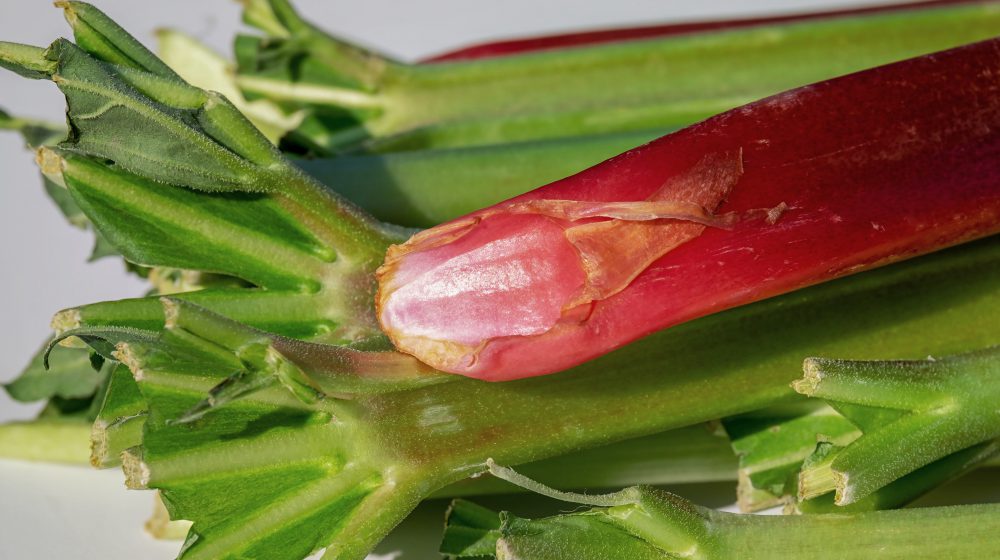
For spring vegetable gardening, grow rhubarb from one-year crowns once the soil is workable. Rhubarb grow stalks used for flavoring desserts and jams with its sweet-tart flavor.
It’s interesting how a vegetable with a tasty stalk can have poisonous leaves. So make sure you don’t eat them!
18. Sugar Snap Peas
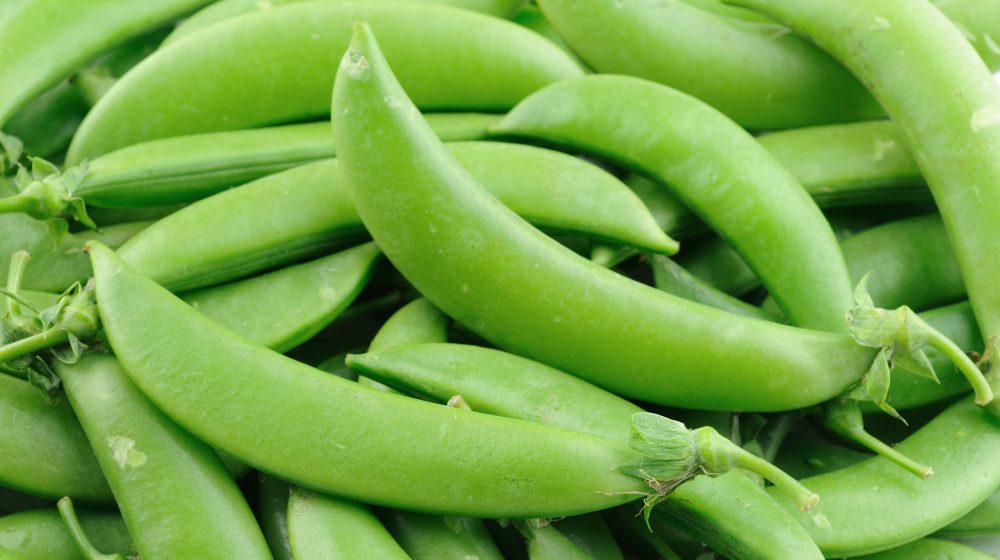
It’s fairly easy to grow sugar snap peas and more so in spring vegetable gardening. Plant them once frost is passed and wait for them to grow.
You’ll love this vegetable with all the fruit parts edible: pod, seeds, and all. They’re great raw in salads or stir-fried with other vegetables or meat.
19. Spinach

Spinach doesn’t only make a great vegetable for fall planting, it’s perfectly suited for spring vegetable gardening too. Depending on your hardiness zone, spinach may be the easiest vegetable to grow as you find out how here.
This healthy vegetable is better eaten early than late since they turn bitter as they mature.
20. Spring Onions
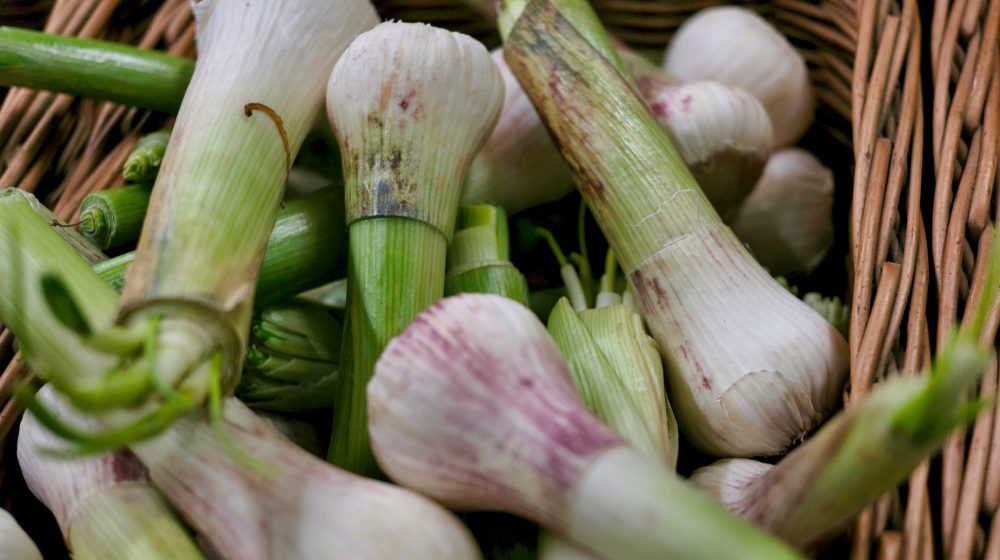
Snip a few onions into scrambled eggs and viola! You’ve got yourself an appetizing meal. With spring onions, any simple dish becomes restaurant-worthy.
Spring or green onions are easy to grow. In fact, you can grow green onions from scraps or the part left after cutting the greens.
21. Sweet Corn

Most corn varieties are summer crops with the exception of some varieties like the Ashworth. You can grow Ashworth sweet corn two weeks after the last spring frost.
Make sure to harvest them at the right time because they can lose their sweet taste fast. It’s best to grow corn enough for quick consumption but sweet corn is also great for canning.
22. Cardoons
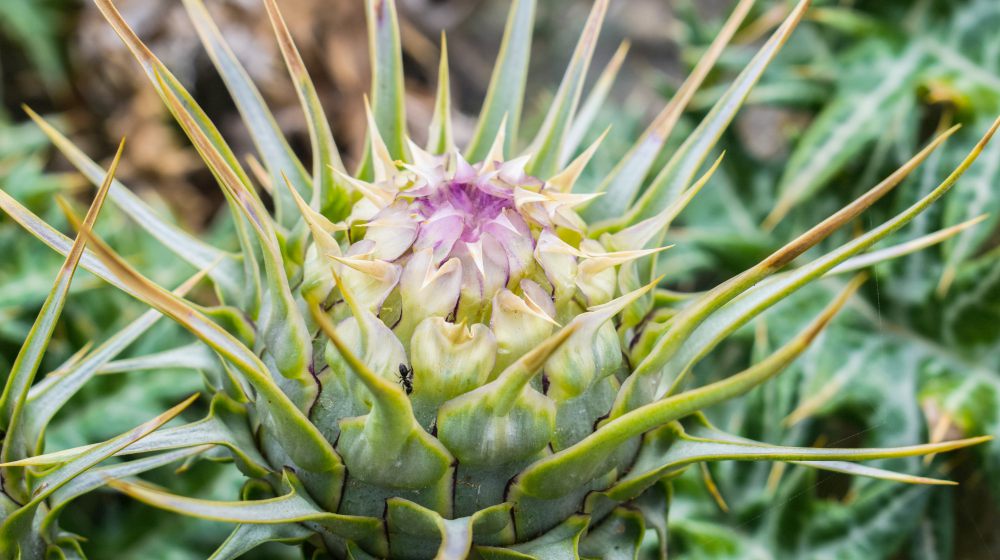
Cardoons are related to the artichoke though these plants differ in the way they’re eaten. While the edible portion of the artichoke is its flower bud, the cardoon is consumed through its leaf stalks.
Cardoons are easy to grow and develop into beautiful plants when ready for the harvest. However, this plant is covered with spines, which means harvesting and getting it ready to eat is not an easy task.
Although, its taste is worth diligently working with the troublesome spines.
23. Fiddlehead Ferns
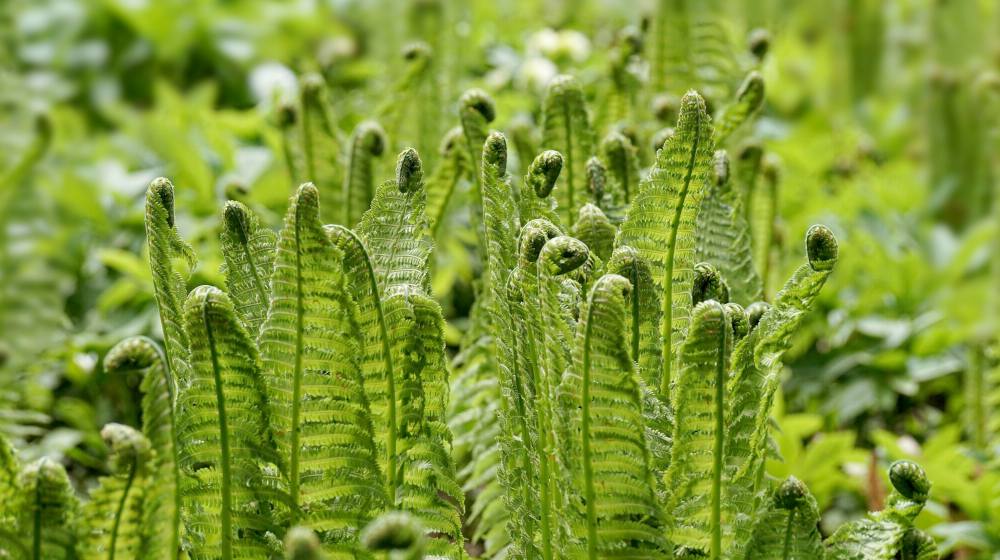
Growing fiddlehead ferns is getting popular and has become a fine investment among foodies and chefs. Its commercial use has grown both in the farmer’s market as well as in restaurants.
It’s relatively easy to grow this perennial crop, especially in the early spring. For warmer seasons, make sure the plant has enough water planted in rich, well-drained soil with lots of organic substances.
24. Sorrel
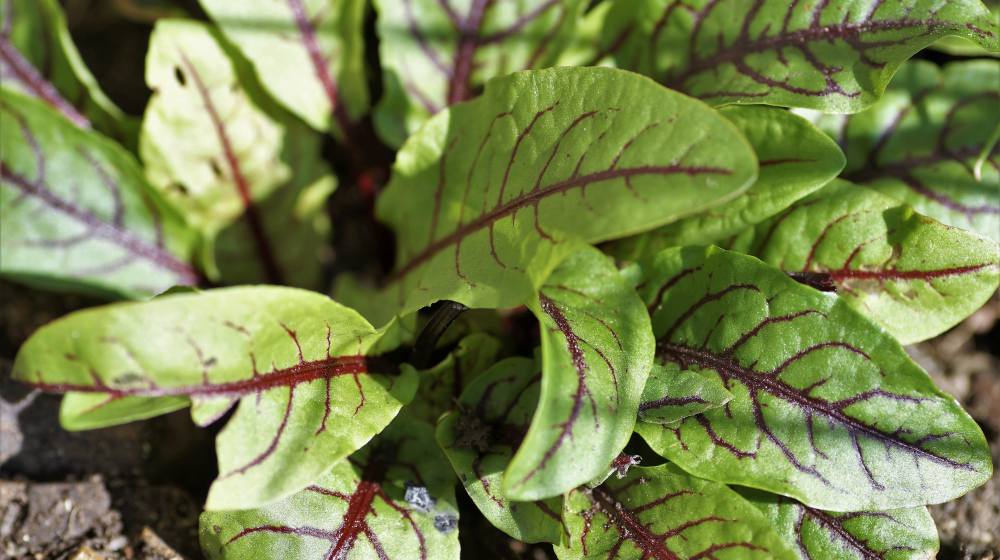
Sorrel is a perennial herb plant that grows easily in the shade or under the sun. This plant bears young leaves for months, which is the sorrel’s edible part.
Making sorrel soup is traditional in early spring and the best time to grow a lemony sorrel garden. There are two types of sorrel plants — garden sorrel and French sorrel that differ in the shape of their leaves and oxalic acid content.
Oxalic acid is what gives the sorrel leaves its distinct flavor.
25. Scallions
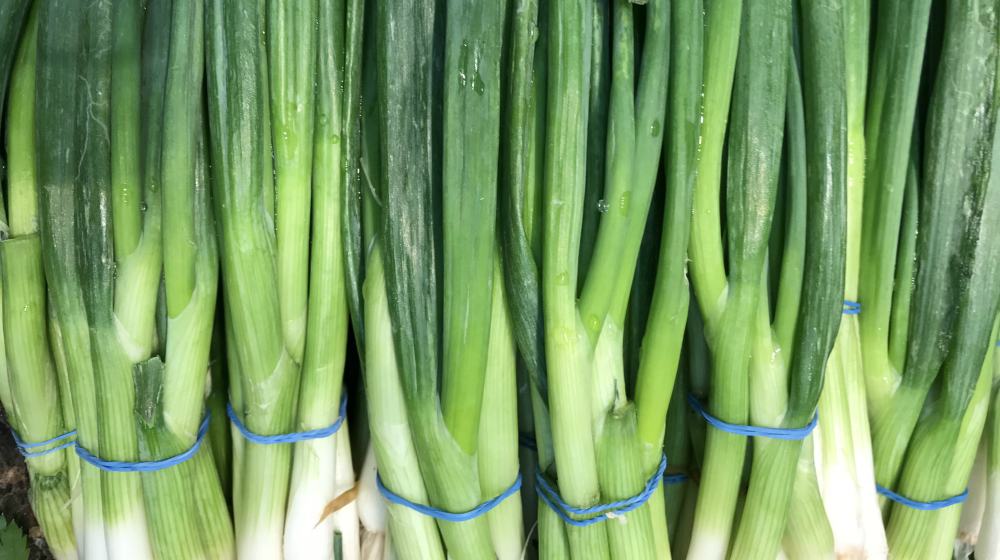
If you want to bring the flavor of onion minus the long growing process, scallions are a great option. You can plant these varieties in succession and they grow so fast. Scallions have blade-like leaves that wrap around the plant base.
Growing scallions under the full sun make them healthier but see to it that there’s regular water and the soil is not too dry. Keep the area weed-free and feed ample fertilizer each month for a nice healthy green plant growth.
26. Shallots
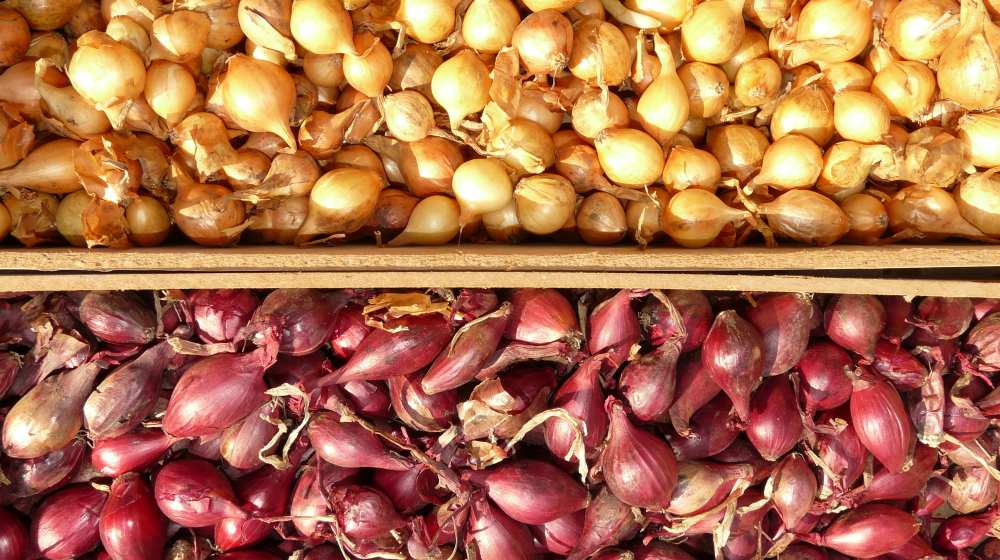
Shallots belong to the same plant family as garlic and onions. They’re also known as multiplier onions because they yield two or more bulbs in one plant.
Planting shallots can either be done in fall or spring and you get better results growing them in full sun. A mildly acidic soil pH is suitable for growing shallots and they like lots of water in the growing season.
27. Nettles
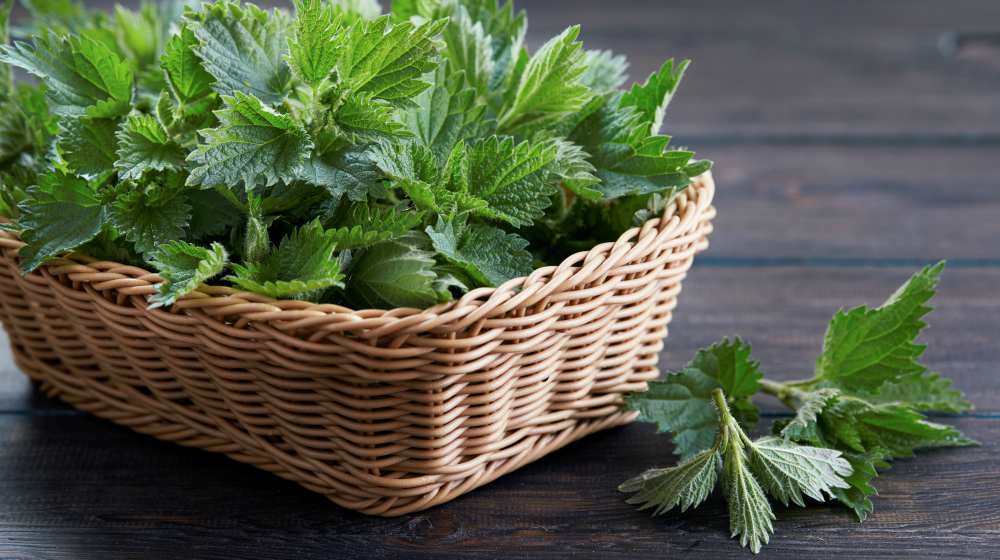
For centuries, nettles have been used for the treatment of numerous ailments like gout, anemia, and arthritis. This herbaceous plant grows fast and can reach up to four feet having leaves and stems covered with tiny stinging hairs.
Most plant-eating animals would stay away from nettles because of this hairlike covering. On the other hand, nettles are delicious and loaded with antioxidants that are beneficial for our body.
Watch this video by Gary Pilarchik (The Rusted Garden) for ideas to start your spring vegetable gardening:
Vegetable gardening can be exciting, urging even the experienced gardener to grow as many. While most crops can grow as long as they’re planted, growing outside their season can be a bust.
You’ll have an inferior harvest or worst, waste time and energy. Growing spring vegetable garden plants in their perfect time will reward you with a bounty worthy of your effort!
Any plans to grow some of these spring vegetable garden plants? Do share some details about it by posting your comments below.
UP NEXT:
- 14 Pallet Projects For Your Garden This Spring
- Preparing Your Spring Garden Now | It’s Never Too Early!
- 21 Unusual Vegetables You’ve Probably Never Seen Or Heard Of
Haven’t thought about growing vegetables yet? Then I might change your mind with these perfectly good reasons on why you should start growing your own food.
Don’t forget to follow us on Facebook, Instagram, Pinterest, and Twitter for more smart gardening ideas!
Editor’s Note: This post was originally published in October 2016, and has been updated for quality and relevancy.




5 thoughts on “27 Spring Vegetable Garden Plants Perfect For Spring Growing Season”
Awesome!! video, I love learning about planting and this really helps me on so many levels,, I do have one ? though , what is the epsom salt used for..
@tisonlyme143
I have read about it being used to do away with tree stumps. I want to try it for this purpose.
Pingback: Home Depot Vegetable Garden Seeds - My Real Estate Key
Pingback: Who Makes Home And Garden Spas – Airode
Pingback: Get Started With Your Tomato Garden Soil Preparation For Spring! - The Peoples Health Alliance - NZ